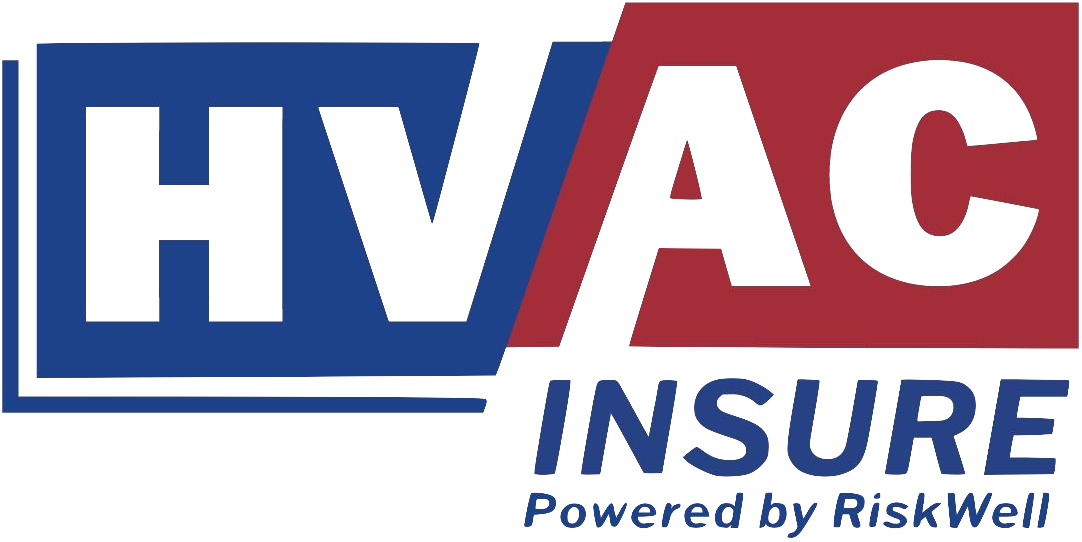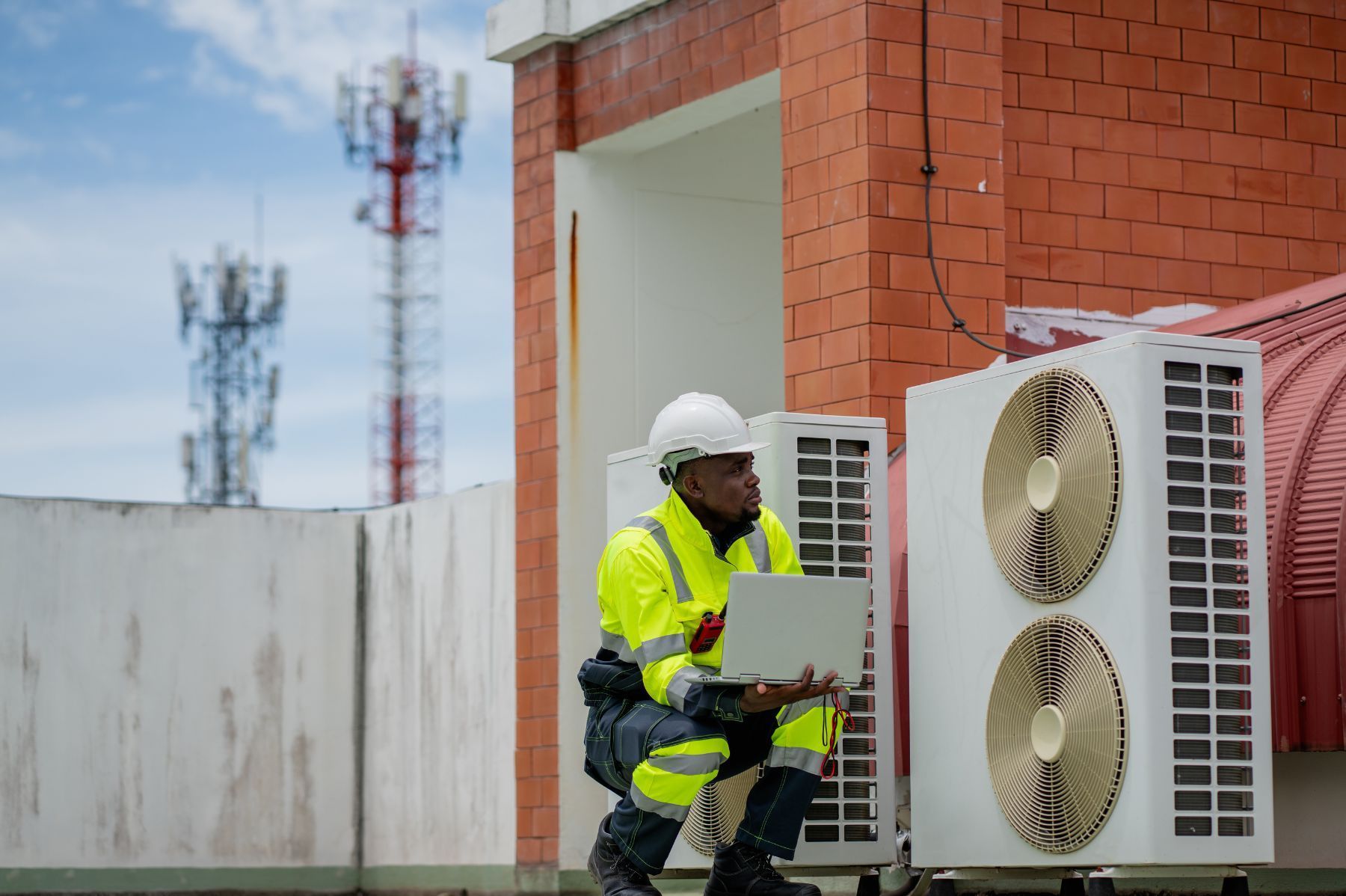The Impact of Poor Equipment Maintenance on Insurance Rates
See How We're Different
or call us: (469) 678-8001

Imagine running a busy hotel where equipment fails more than 1,500 times a month. The disruption to operations is staggering, and the costs pile up quickly. This kind of scenario is not uncommon, and it highlights a critical issue: poor equipment maintenance can drive insurance rates through the roof. Understanding how maintenance practices affect insurance premiums is essential for businesses that rely on machinery and infrastructure.
Insurance providers closely evaluate the condition and upkeep of equipment when setting premiums. Neglecting maintenance doesn’t just increase the likelihood of breakdowns; it also raises the risk profile, leading to higher insurance costs. This article breaks down the connection between maintenance habits and insurance rates, offering insights that can help businesses protect their bottom line.
How Equipment Maintenance Influences Insurance Premiums
Insurance companies price policies based on risk. Equipment that is poorly maintained presents a higher risk of failure, accidents, and costly claims. This risk translates directly into increased premiums. For example, aging infrastructure combined with rising labor costs has pushed equipment breakdown insurance premiums upward in recent years. Insurers factor in these trends when calculating rates, especially for industries with heavy reliance on machinery.
When equipment is regularly maintained, the chance of unexpected breakdowns drops significantly. Preventive maintenance can reduce downtime by up to 30%, which not only keeps operations running smoothly but also signals to insurers that risks are managed effectively. This reduction in downtime is a strong indicator that the business is less likely to file costly claims, potentially leading to more favorable insurance terms.
On the flip side, poor maintenance can lead to frequent equipment failures and accidents. In the port and terminal industry, maintenance issues account for about 25% of equipment damage costs, underscoring how neglect can translate into substantial financial losses and insurance claims. Such patterns push insurers to charge higher premiums to cover those increased risks.
Moreover, the financial implications of equipment maintenance extend beyond just insurance premiums. Companies that invest in regular maintenance often find themselves saving money in the long run, as the costs associated with emergency repairs and replacements can be significantly higher than those of scheduled upkeep. This proactive approach not only enhances the longevity of the equipment but also contributes to a more predictable operational budget. Additionally, businesses that can demonstrate a solid maintenance history may qualify for discounts or incentives from insurers, further reducing their overall costs.
Furthermore, the impact of equipment maintenance on insurance premiums is not limited to just the immediate financial aspects. A well-maintained fleet or machinery can enhance a company's reputation in the industry, showcasing reliability and professionalism. This positive image can attract more clients and contracts, as businesses are often more inclined to partner with those who demonstrate a commitment to safety and operational excellence. In this way, the benefits of diligent maintenance practices ripple through various facets of a business, influencing not only insurance costs but also overall market competitiveness.
Preventive maintenance statistics provide clear evidence that regular upkeep reduces downtime and risk, which insurers reward with better rates.
Safety Risks and Their Impact on Insurance Costs
Maintenance is not just about keeping machines running; it’s also a critical factor in workplace safety. Maintenance-related injuries account for a significant portion of lost-time accidents in some industries. For instance, in mining, these injuries make up 33% of all lost-time accidents. Such incidents increase workers’ compensation claims and can lead to higher insurance premiums.
Insurance providers view poor maintenance as a red flag for safety risks. When equipment is not properly serviced, the likelihood of accidents rises, which insurers must account for in their pricing. Maintenance technicians overwhelmingly agree that preventive maintenance improves safety, with 70% endorsing this view. This consensus reflects the real-world impact that good maintenance has on reducing hazards.
Companies that neglect maintenance not only face the direct costs of repairs and downtime but also the indirect costs of increased insurance rates due to higher claims frequency. Investing in maintenance programs can therefore be a strategic move to manage insurance expenses while protecting employees.
Furthermore, the implications of inadequate maintenance extend beyond immediate safety concerns. Long-term neglect can lead to catastrophic failures, resulting in not only severe injuries but also potential legal liabilities. For example, a single incident caused by faulty equipment can result in lawsuits that far exceed the cost of regular maintenance. This reality underscores the importance of a proactive maintenance culture within organizations, where safety is prioritized and integrated into daily operations.
Additionally, the financial burden of increased insurance premiums can strain a company's budget, diverting funds from other critical areas such as employee training or technological advancements. By fostering a robust maintenance strategy, businesses can enhance their safety profile, reduce the frequency of claims, and ultimately create a more sustainable financial environment. This multifaceted approach not only protects employees but also contributes to a more resilient and efficient organization.
Maintenance-related injury statistics highlight the connection between upkeep and workplace safety, influencing insurance considerations.
Operational Costs and Insurance: The Domino Effect of Neglect
Operational disruptions caused by equipment failure can have a ripple effect on insurance costs. Take the example of a 200-room hotel reporting an average of 1,500 equipment failures monthly. These failures not only interrupt service but also inflate repair expenses and increase the likelihood of insurance claims.
When claims become frequent, insurers respond by raising premiums to offset their risk. This cycle can be hard to break without a solid maintenance strategy. Businesses that ignore preventive maintenance may find themselves trapped in escalating costs—both operational and insurance-related.
Conversely, a proactive maintenance approach can reduce unexpected breakdowns, lower claims, and improve the overall risk profile. This approach is a practical way to keep insurance rates manageable while ensuring smooth operations.
Moreover, the financial implications extend beyond just the immediate costs associated with repairs and insurance premiums. Frequent equipment failures can lead to decreased customer satisfaction, which can tarnish a business's reputation and result in lost revenue from repeat customers. For instance, a hotel that consistently experiences issues with its heating and cooling systems may receive negative reviews, leading to a decline in bookings. This not only affects short-term profits but can also have long-lasting effects on brand loyalty and market positioning.
Additionally, the operational inefficiencies caused by neglecting maintenance can strain employee morale. Staff members may become frustrated when they have to deal with malfunctioning equipment, which can lead to decreased productivity and increased turnover rates. Investing in a comprehensive maintenance program not only safeguards equipment but also fosters a more positive work environment, ultimately contributing to a more robust bottom line. The interconnectedness of these factors highlights the importance of viewing maintenance as an integral part of operational strategy rather than a mere expense.
Industry report on equipment failure costs illustrates how poor maintenance impacts operational expenses and insurance premiums.
Insurance Claims and Maintenance: What the Data Shows
Insurance claims related to maintenance issues are a significant driver of costs in many sectors. In the port and terminal industry, maintenance problems contribute to roughly a quarter of equipment damage costs. This statistic reveals how maintenance lapses directly translate into insurance claims and higher premiums. The financial implications of these claims can be staggering, as they not only affect the immediate costs associated with repairs but also have long-term effects on a company's operational budget and profitability. Businesses that neglect maintenance may find themselves facing not just the costs of repairs but also the potential for lost revenue due to downtime and decreased efficiency.
Insurance companies scrutinize claims history when setting rates. Frequent claims due to maintenance failures signal poor risk management. This history often results in increased premiums or even difficulty securing coverage. Insurers use sophisticated algorithms and data analytics to assess risk, and a pattern of maintenance-related claims can lead to a negative feedback loop where companies are penalized financially for their past decisions. Moreover, the reputational damage associated with high claim rates can deter potential clients and partners, further compounding the financial strain on a business.
By contrast, businesses that demonstrate a commitment to maintenance may benefit from lower premiums and better coverage options. Insurers recognize the value of minimizing preventable claims through diligent upkeep. Regular maintenance not only helps in maintaining equipment efficiency but also extends the lifespan of assets, which is a crucial factor in capital-intensive industries. Companies that invest in proactive maintenance strategies often find that they can negotiate better terms with insurers, as they present a lower risk profile. Additionally, these organizations can leverage their commitment to maintenance as a competitive advantage, showcasing their reliability and operational excellence to clients.
Study on maintenance-related insurance claims provides insight into how maintenance affects insurance costs in equipment-intensive industries. This comprehensive analysis highlights the correlation between maintenance practices and insurance claims, offering valuable recommendations for businesses looking to optimize their risk management strategies. By adopting a proactive approach to maintenance, companies can not only reduce their insurance costs but also improve their overall operational efficiency and service delivery.
Furthermore, the study emphasizes the importance of establishing a robust maintenance culture within organizations. This involves training employees on best practices, utilizing technology for predictive maintenance, and fostering an environment where maintenance is prioritized at all levels. By embedding maintenance into the organizational ethos, companies can create a more resilient operational framework that not only mitigates risks but also enhances employee morale and productivity. Ultimately, a strong maintenance culture can lead to significant cost savings and a more sustainable business model in the long run.
Strategies to Control Insurance Costs Through Maintenance
Reducing insurance premiums starts with a clear maintenance strategy. Preventive maintenance programs can cut equipment downtime by up to 30%, which reduces the risk of costly claims and accidents. This proactive approach is often rewarded by insurers with more competitive rates.
Regular inspections, timely repairs, and staff training on proper equipment use all contribute to lowering risk. Documentation of maintenance activities also helps demonstrate to insurers that the business is committed to managing hazards effectively.
Businesses should also consider the long-term benefits of investing in newer equipment or infrastructure upgrades. Aging equipment not only breaks down more often but also drives insurance premiums higher due to increased risk and repair costs.
Recent developments in equipment breakdown insurance highlight the impact of aging infrastructure and labor costs on premiums, emphasizing the need for strategic maintenance planning.
Moreover, integrating technology into maintenance practices can further enhance efficiency and safety. Utilizing IoT devices and predictive analytics allows businesses to monitor equipment health in real-time, enabling them to address potential issues before they escalate into significant problems. This not only minimizes downtime but also provides a data-driven approach to maintenance that insurers may favor when assessing risk profiles.
Additionally, fostering a culture of safety within the organization is crucial. Regular training sessions and safety drills can empower employees to recognize hazards and respond appropriately, which can significantly reduce the likelihood of accidents. Insurers often look favorably upon businesses that prioritize safety, as it reflects a commitment to risk management that can lead to lower premium rates.
What to Remember About Maintenance and Insurance Rates
Insurance rates reflect the risk a business presents to insurers. Poor equipment maintenance increases that risk through frequent breakdowns, safety hazards, and costly claims. These factors combine to push insurance premiums higher. For instance, a manufacturing facility that neglects regular inspections may find itself facing not only higher premiums but also the potential for significant operational disruptions due to equipment failures. Such disruptions can lead to lost production time and a tarnished reputation among clients, compounding the financial impact of inadequate maintenance.
On the other hand, a strong maintenance program lowers risk by reducing downtime, preventing accidents, and minimizing claims. This can lead to lower insurance costs and a more stable operational environment. Regular maintenance checks, timely repairs, and proactive upgrades to equipment can significantly enhance safety and efficiency. Moreover, businesses that maintain a rigorous schedule of maintenance often find that they can negotiate better terms with insurers, as they are viewed as lower-risk clients. Insurers appreciate businesses that demonstrate a commitment to safety and reliability, which can translate into tangible financial benefits.
Investing in maintenance is not just about keeping equipment running; it is a critical part of managing insurance expenses and protecting the business from unexpected financial burdens. Additionally, a well-maintained operation can enhance employee morale and productivity, as workers are more likely to feel safe and supported in an environment where equipment is reliable and well-cared for. Furthermore, the positive effects of maintenance extend beyond immediate financial considerations; they can also bolster a company's reputation in the marketplace, attracting new clients and retaining existing ones who value reliability and safety.
Understanding the link between maintenance and insurance rates empowers businesses to make informed decisions that safeguard both their assets and their budgets. By prioritizing maintenance, companies not only mitigate risks associated with insurance claims but also position themselves for long-term success. This proactive approach can lead to a culture of safety and responsibility within the organization, where every employee recognizes their role in maintaining equipment and upholding the company’s standards. Such a culture not only enhances operational efficiency but also fosters a sense of ownership and pride among employees, further driving the business towards its goals.
Frequently Asked Questions
Q: How does preventive maintenance affect insurance premiums?
A: Preventive maintenance reduces equipment downtime and risk, which can lead to lower insurance premiums by demonstrating better risk management.
Q: Why do poor maintenance practices increase insurance costs?
Poor maintenance raises the likelihood of equipment failure and accidents, resulting in more claims and higher premiums.
Q: Can maintenance-related injuries impact insurance rates?
Yes. Maintenance-related injuries account for a significant portion of lost-time accidents, increasing workers’ compensation claims and insurance costs.
Q: What industries are most affected by maintenance-related insurance claims?
Industries with heavy equipment use, such as mining, ports, terminals, and hospitality, often face higher claims due to maintenance issues.
Q: Is documentation of maintenance activities important for insurance?
Absolutely. Keeping detailed records helps prove to insurers that risks are managed proactively, potentially lowering premiums.
Q: How can businesses reduce insurance premiums related to equipment?
Implementing regular preventive maintenance, upgrading aging equipment, and training staff on proper use can all help reduce insurance costs.











